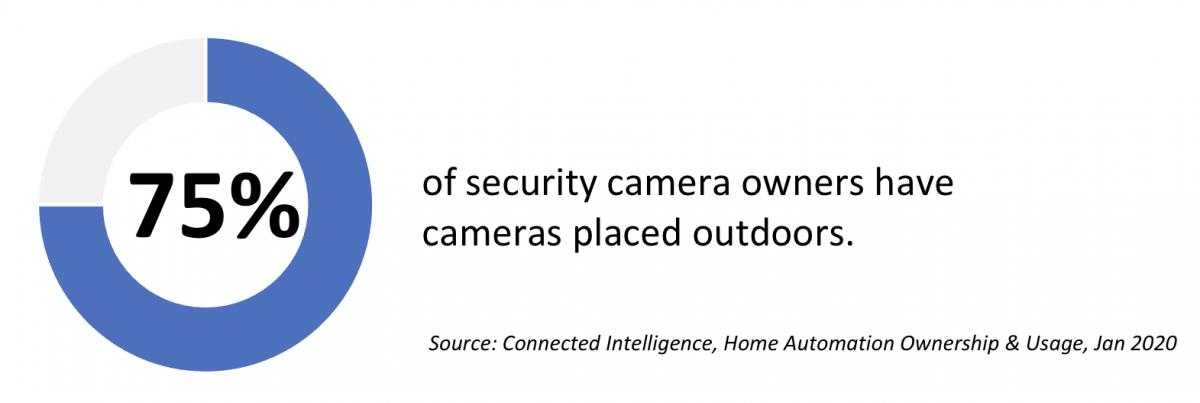
Arlo Goes Extra Long on Essential Battery Life
Just about three months after revealing its first Essential camera, the Arlo Essential Spotlight, Arlo is adding two new cameras to the line. First up is the 1080p Essential XL Spotlight, with a rechargeable battery that is supposed to last for an entire year on one charge. As the name says, it features an integrated spotlight, 130-degree field of view, color night vision, 2-way audio, and built-in siren. This model is available for pre-order now for $150. Meanwhile, the Essential is an even lower-priced version of the Essential Spotlight Camera, which will sell at Walmart during the upcoming holidays for $100.
The NPD Take:
- Arlo has been struggling to maintain market share in the face of competition from Ring and Blink, as well as from lower cost brands like Merkury that are beginning to gain traction in the outdoor camera segment. Any move they can do to make their feature set more competitive with Ring and Blink is necessary…Blink recently announced an outdoor camera that is supposed to feature a two year battery life running on AA batteries, though it doesn’t have a spotlight to drain said battery power. Meanwhile, outdoor cameras are clearly headed toward lower cost territory, with segment ASPs down 11% in the last year. Having a low cost, good featured camera at Walmart should help their standing against lower priced competitors.
Ring In the New Surveillance Cameras
Among the new Echo speakers (now in a spherical design and fabric finish – and pandas and tigers for kids), a new cloud gaming service, a new generation of Fire TV Stick, and a list of other announcements during Amazon’s annual hardware event came two new Ring cameras to shake up where we think Ring should be and how Ring should act. The Ring Always Home Cam is an autonomous (yes, that’s right) indoor camera that will “fly” around your home (via preferred flight paths of your choosing) to provide multiple viewpoints from just one camera. It is expected to cost $250 when it ships at some point next year. The Ring Car Cam takes the camera from your home to your car – with cameras pointed inside and out to do things like beckon emergency responders to be dispatched if you crash, and (in a role reversal from Ring’s usual stance of partnering with police) start recording police interactions if you happen to get pulled over. This camera will be priced at $200.
The NPD Take:
- An indoor drone that integrates with Ring Alarm to start flying if a disturbance is detected...it is a great concept in theory to enable a “whole home” view without the need for multiple cameras everywhere...but can the camera learn to climb stairwells (hopefully) and see through closed doors (guess the doors will have to be left open)? Is it dream functionality and safety, or a privacy nightmare? None of Ring’s troubles in the media regarding its past privacy snafus appear to have hampered its sales momentum – and if they can pull off an indoor drone, there surely will be consumers ready to buy. As for the car camera, well, that seems to make complete sense as Ring’s next move given their domination in DIY home security solutions.
Lock it Up with Yale
(Smart) lock company is moving beyond the front door to the front porch, with the announcement of the Yale Smart Delivery Box. This box, which works with both the Yale and August smartphone apps (and voice assistants) can magically provide family, friends, or anyone who needs to make a delivery their own code. As a bonus for grocery delivery, there is an insulated bag option (sold separately) to go inside the box. One Style will retail for $230 and another for $280, and are available direct from Yale, as well as other retailers including Amazon and BestBuy.com.
The NPD Take:
- Amazon Prime Day and holiday shopping is upon us, and more people than ever are choosing to shop online rather than in-store, thanks to the pandemic. Having an (albeit pricey) box on the front porch to protect deliveries is something that many consumers (who can afford it) will likely be interested in. Unfortunately, the Box does require a bridge for connectivity, taking up valuable outlet real estate in the home.